Five steps to the perfect bike (regardless if it's women's specific or not)
What to look for when creating the perfect bike, as a female cyclist
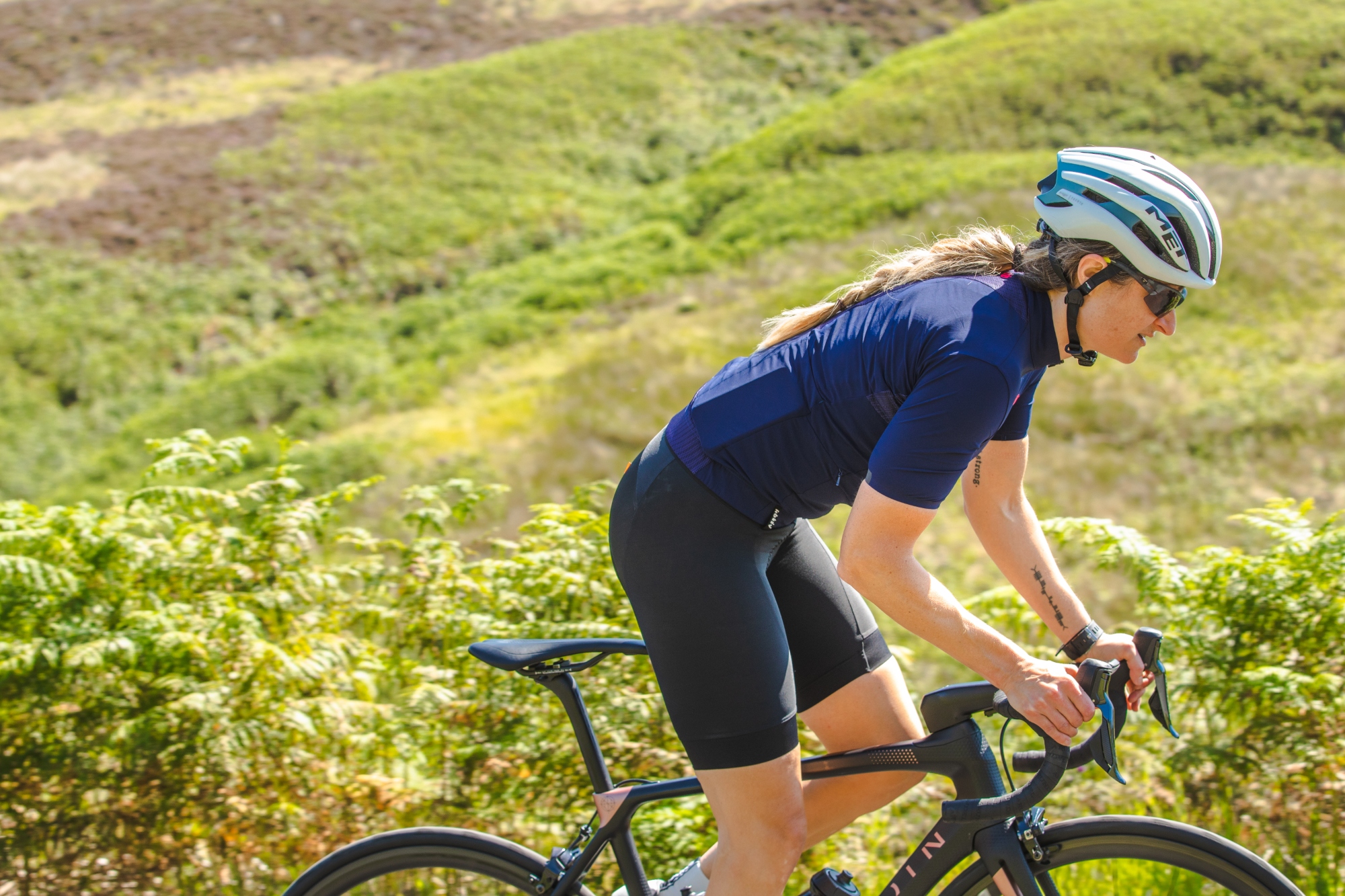

This feature appears in our celebratory women's issue of Cycling Weekly, guest-edited by Elinor Barker and in shops from March 4 - March 10
Most women will buy a Venus over a Mach 3, but both razors will do a perfectly good job at removing leg hair. It’s not uncommon to carry this buying pattern over to bikes. However, buying a new bike is a far more significant purchase than buying hair removal products, so it's important to bear in mind that focussing on women's specific machines will- rightly or wrongly- limit your options.
Whether you decide you want to opt for a bike with a women’s specific focus will come down to personal preference. What matters is that you’re enjoying every mile, on a bike that’s perfectly suited to you and your riding. So how do you achieve that?
Frame
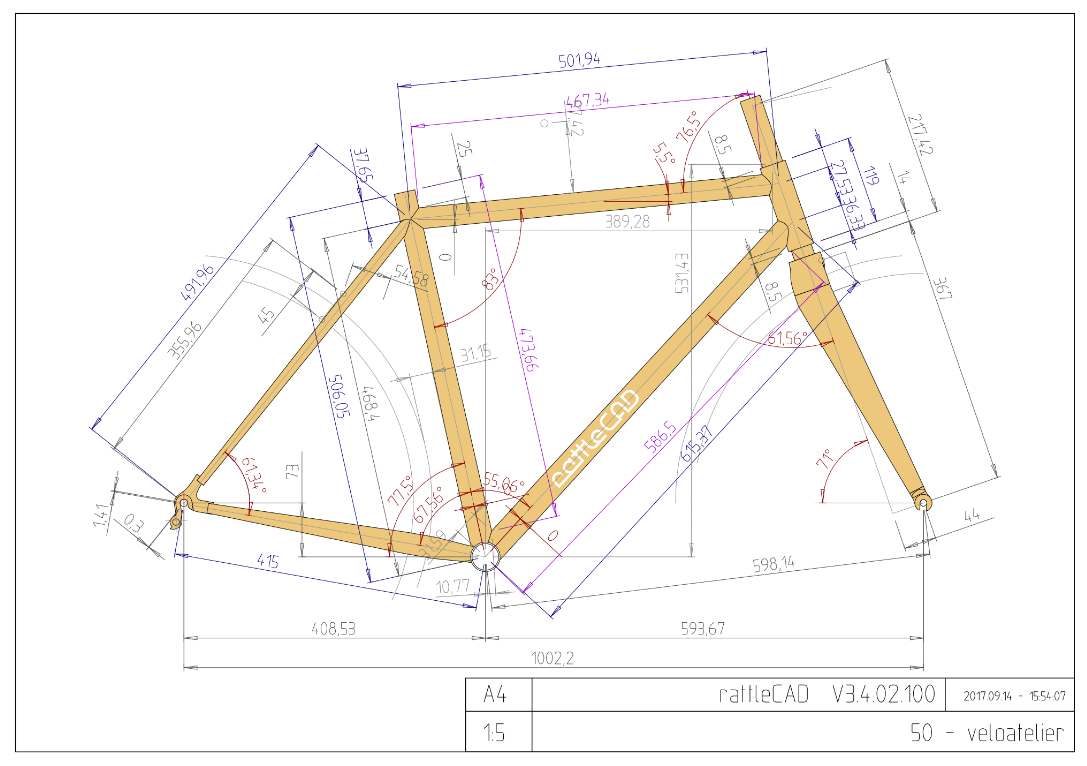
The frame is the heart of your bike, invest here and the rest will follow.
The best way to hit the geometry jackpot is to start with a bike you know you like the characteristics of, before using this as a benchmark to compare potential new machines - sites like geometrygeeks.com make this much easier.
If you’re really struggling to find the perfect geometry for you, then don’t discount the option of going custom, particularly if you’re outside the ‘average’ height range catered for by bike brands (which is, shorter women, and taller men).
A custom frame will have every tube length, layup and shape, every angle, tailored to you. Custom frames are an investment, but they’re not always more expensive than market leading off the peg options. Back in 2018 I had a Werking frame custom built in the Dolomites to my exact requirements, the frame RRP was £3500 for a carbon beauty entirely suited to me in every way including the cost of the fit. Isen Workshop - the brainchild of Caren Harty and Matt McDonough - offer steel frames from £1999, with custom geometry an added £380.
There is sometimes hesitancy among women to invest in expensive equipment, particularly when they’re starting out. Physiotherapist and bike fitter at VeloPhysio, Nicola Robers noted, “I tend to find that some women, in particular women that are new to riding, have less disposable income to spend on a bike, either that or they choose to spend less on the bike.”
Whilst we wouldn’t advise our readers to spend more than they have, we would advocate for the opinion that no one - male or female - needs a gold medal to earn the right to enjoy riding a bike they love.
Wheel size
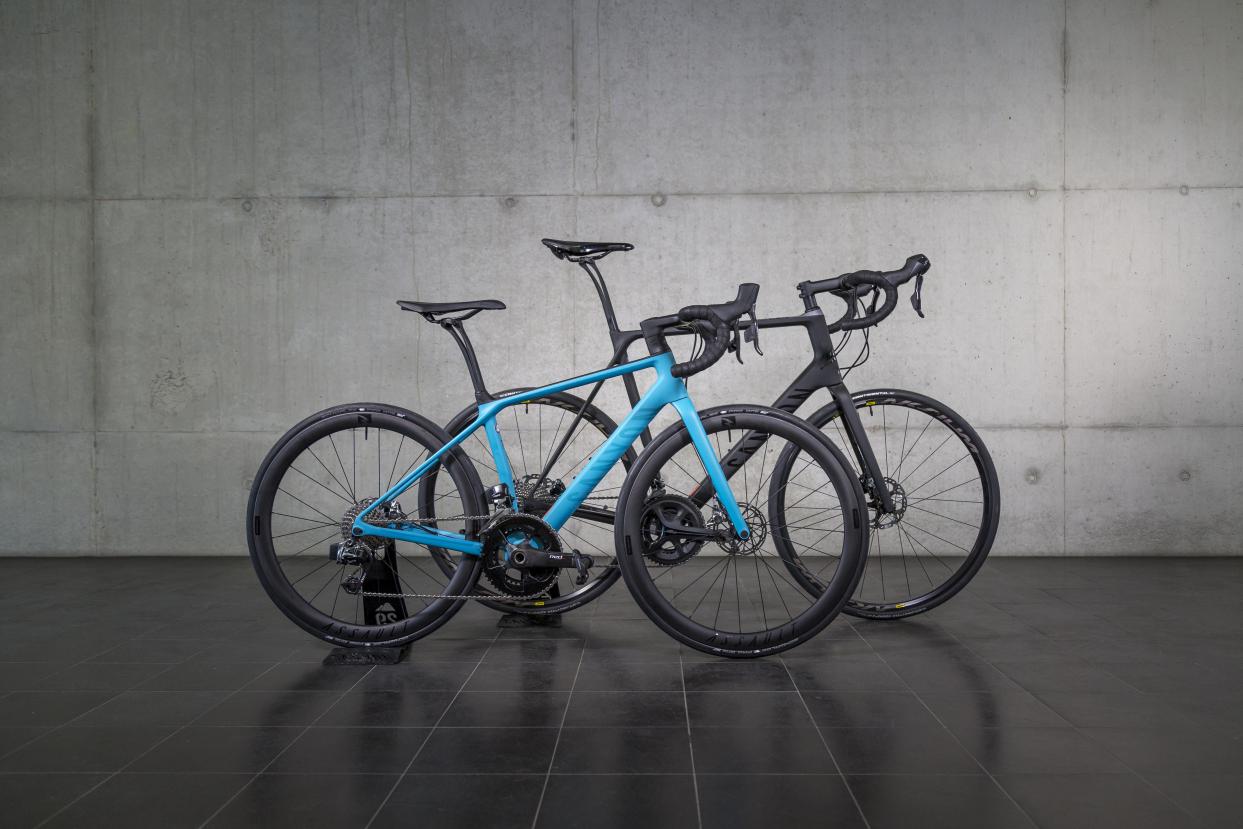
The idea of dressing smaller bikes with smaller wheels is not new - former time trial world champion Emma Pooley, who measures in at 5ft2, famously raced with 650c wheels on her time trial bikes, though opted for a 700c in road race for ease of neutral service. More recently, Canyon began speccing 650b wheels on its smaller women’s bikes.
The reason is simple: in order for a smaller frame to accommodate ‘standard’ sized wheels, designers have to make compromises. These include a shallower head angle and higher stack, which means shorter riders don’t benefit from the same nimble handling as those riding larger bikes and can’t get as low at the front end.
Having hung up her racing shoes, Pooley had a custom WyndyMilla Massive Attack road bike built for her, featuring 650c wheels.
“The smaller wheel has been revolutionary - not just for the obvious reason that I can get lower (which is why i always used to use 650c for time trialling) - even more important than that is how much it has improved handling characteristics,” Pooley told us. “Riding a 650c wheel has transformed my enjoyment and speed downhill. I love descending now!”
A smaller wheel makes space for the ideal frame angles to be applied, without risk of toe overlap when turning the front wheel. The shorter circumference is countered with higher gearing, and though there is a slight rolling resistance penalty for the smaller wheels, quicker acceleration is a happy benefit.
The only major argument against speccing a smaller wheel size for a shorter rider is that wheel and tyre choice is limited, as is your choice of bike.
Stance width and crank length

The joys of childbirth mean that most women have wider hips than standard bottom brackets are typically designed for, but the distance between the pedals on most bikes remains the same. Phil Burt, who was the lead physiotherapist at British Cycling for 12-years, said: “All bikes come with the same stance width, all pedals except Speedplay, come with the same 53mm axles.” But this can cause knee pain for some women if it doesn’t correlate to their hip width, causing their knee to go inwards as they pedal.
A greater stance width can be created by choosing pedals with a longer axle. At present, Speedplay pedals offer axles in 50mm, 56mm, 59mm and 65mm - so, if you think you would benefit from a wider stance width, then the little egg beater pedals are the way to go.
Crank length is another area to consider. “I have seen an entry level bike with 172.5 cranks on an extra small/48cm frame, which is ridiculous and reflects on the manufacturer simply churning out bikes without thought for those riding them,” says Nicola Roberts.
Buying from a brand that specs shorter cranks, or will allow you to choose your own spec (like Ribble, with its bike builder) could save you the cash involved in an update. Shimano offers the most crank variation, beginning at 160mm.
Handlebars and lever reach
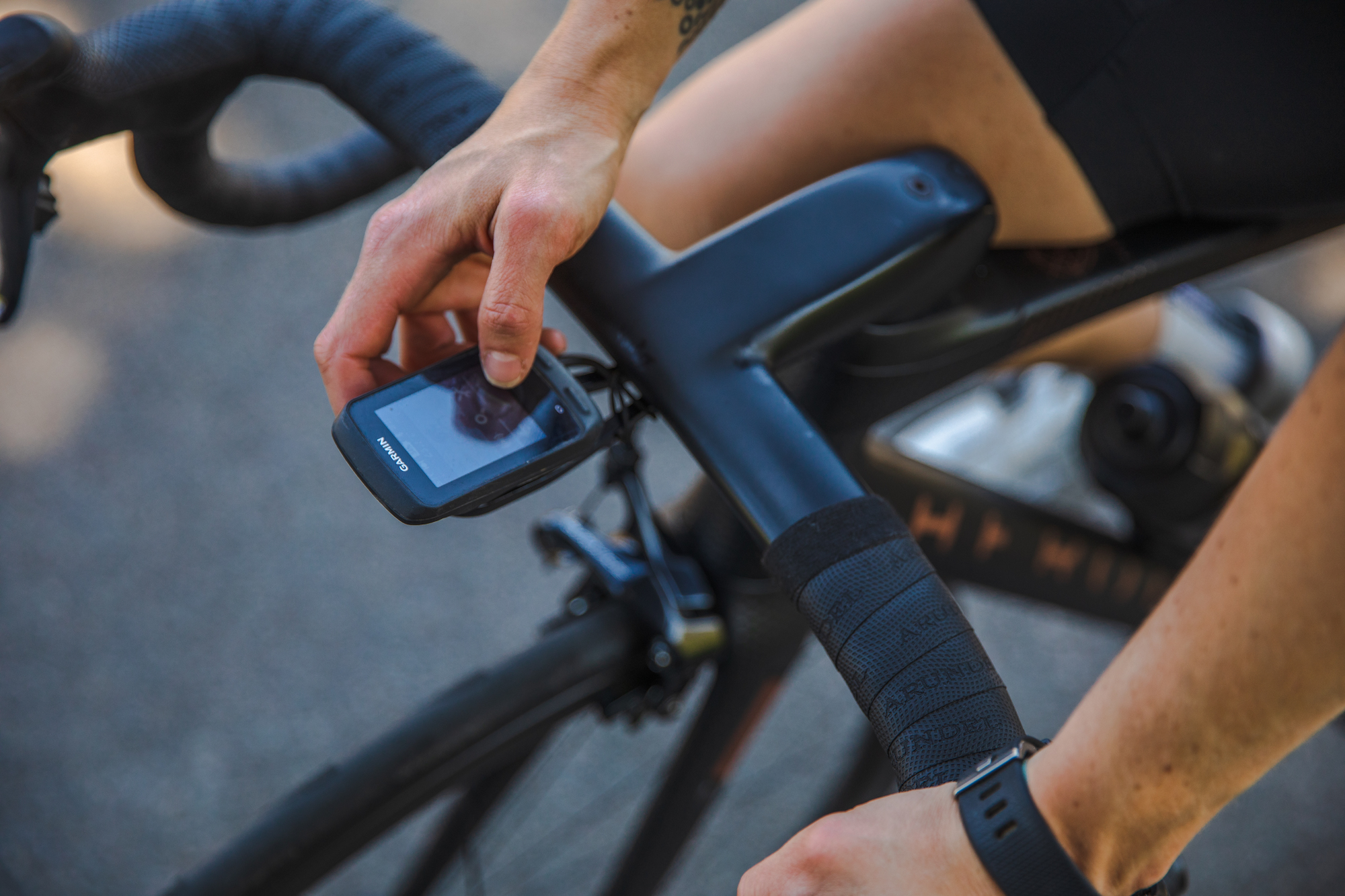
Garmin, cycling computer, handlebars, training, cycling
Most bike fitters agree that bar width should mirror the distance between your AC joints. This will create the most comfortable line from shoulder to wrist. Women usually have narrower shoulders compared with men of the same height, so the average for the (male dominated) market spec is not always optimum.
“I ride narrower [than standard specification] handlebars on my road bikes as it provides comfort and better saddle health,” says guest editor Elinor Barker. “As a general rule, I wouldn’t want my hands to be any wider than my shoulders when on the hoods.”
Narrower handlebars come with the aero advantage of reducing frontal area, too, Barker added: “I use a range of different handlebar widths, depending on the race. For bunch races, I’m currently testing bars between 26-32cm width.”
Flared bars have become popular of late, particularly on gravel bikes. The hoods stay narrow, and in line with the shoulders, whilst a wider position on the drops adds to stability and control when tackling descents.
Reach from the bar to the lever is equally important, if you want to be able to use the full range of bar positions your drops afford you.
“I have encountered a number of women who would not ride on the drops with the main reason being they cannot reach the brakes in this position,” Roberts told us.
Both Shimano and SRAM offer adjustability on most lever set-ups. The adjustability only goes so far though - Shimano also makes specific short reach levels on its Ultegra R8025, 105 R7025 and Tiagra 4725 levers.
Saddle
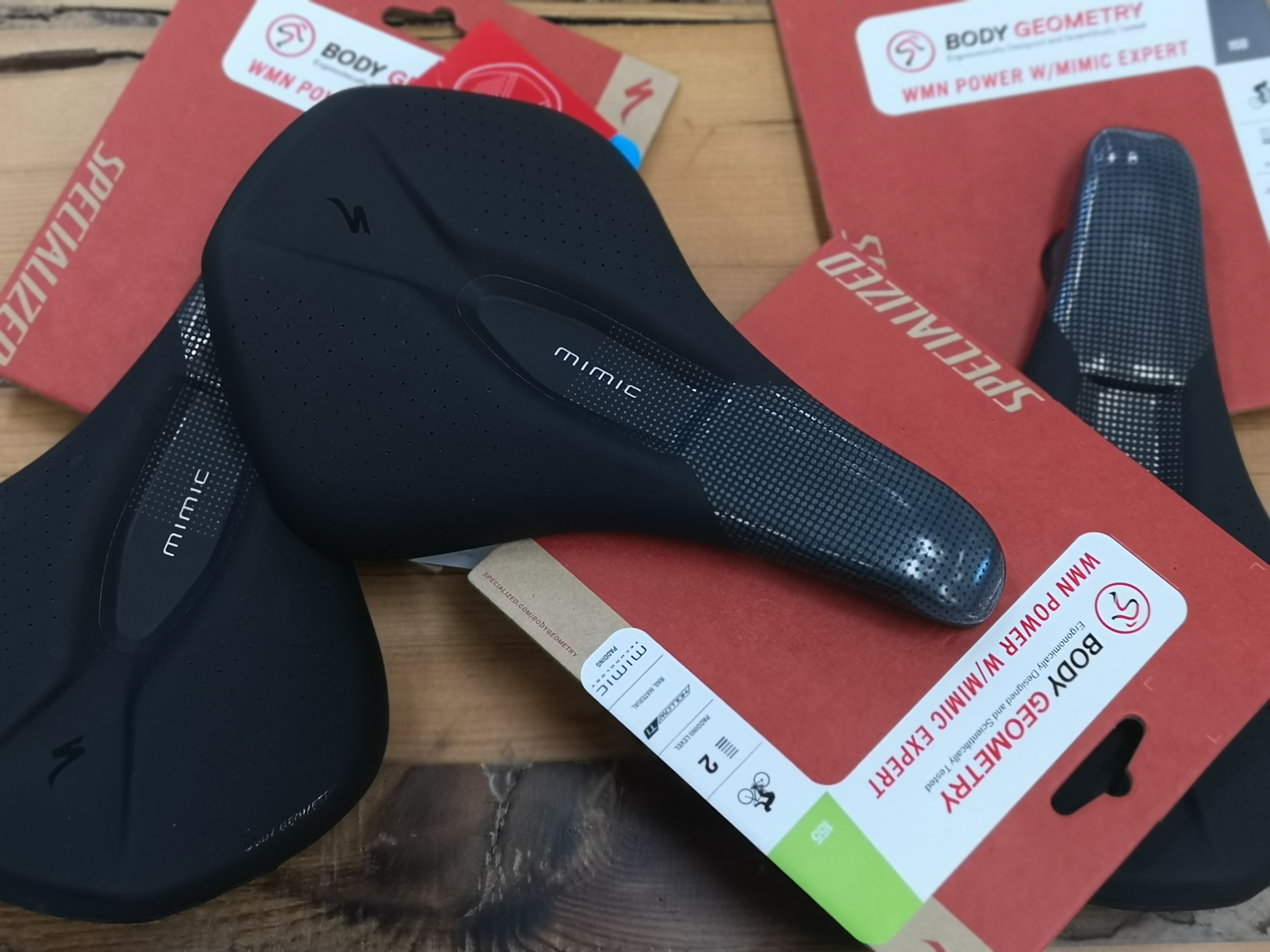
Saddle discomfort is a topic of conversation that often dominates the discussion on women’s only bike rides and within social groups. But there are brands out there working to improve the situation.
It was feedback from Evelyn Stevens, the Wall Street investor turned pro cyclist who became the Women’s Hour Record holder in 2016, which helped Specialized to create the short nosed Power saddle shape that has become so popular in recent years.
A saddle cut-out can go a long way to reducing soft tissue pressure for some women. However, it is the channel itself that can cause discomfort for others, as the harsh edge and propensity to ‘fall in’ to the space can cause swelling. To counter this, Specialized created ‘MIMIC tech’ - a soft, memory foam insert in place of a hole.
The rear of the saddle also needs to be wide enough to support your sit bones, many bike shops have tools to help you measure this. A saddle that is too narrow can result in uneven support, creating a tilt at the pelvis and the appearance of a leg length discrepancy - and that can have a ricochet effect throughout your bike fit.
Behind the design
Sophia Shih is an engineer at Liv, and was the mastermind behind popular bikes such as the Langa.
The bicycle industry has been dominated by men and that’s why unisex geometry ends up as men-focused bikes. What Liv does is women-focused geometry: we create the perfect ride for women--from their very first ride.
I have seen many comments about Liv bikes, everything from a Liv rider saying she feels like the bike is tailored for her to, the bike fits ‘like a glove.’ I'm proud of this achievement. And we don’t count on luck. We have made a lot of effort to develop female riding geometry designs for every model and every size.
Working in the bicycle industry is fulfilling for me. There is an Arabic movie called <Wadjda>; a little girl dreams of riding a bicycle and wants to enjoy the breeze on her face. The movie scenes linger in my mind; I feel I am empowering women. This job makes me feel special.
Shop around for components that fit
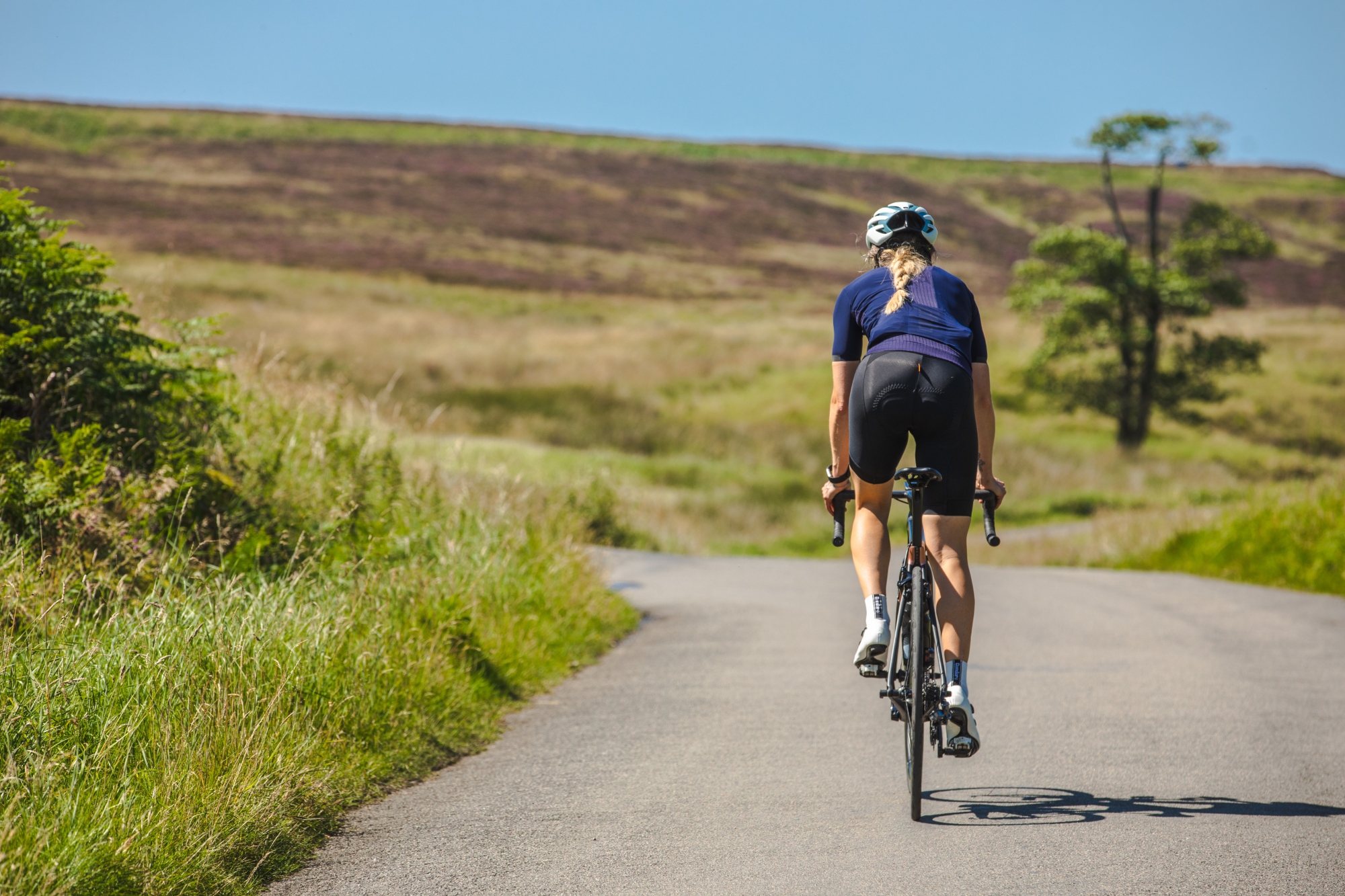
Nicola Roberts is a physiotherapist and bike fitter at VeloPhysio.
I believe when buying a new bike you need to look at the goals for that bike, and base the geometry on that - what type of riding will you be doing on it. Then you need to purchase a bike of that genre that is the right size for you.
I believe when buying a new bike you need to look at the goals for that bike, and base the geometry on that - what type of riding will you be doing on it. Then you need to purchase a bike of that genre that is the right size for you.
Some bike manufacturers now offer self build so you can select the crank size, stem length and handlebar size which can help with the overall fit.
Effectively the bike industry needs to expand the sizing to include more range and cater for smaller people. Including the components.
But it is about finding the right sized bike for the purpose for which you wish to ride it.

Thank you for reading 20 articles this month* Join now for unlimited access
Enjoy your first month for just £1 / $1 / €1
*Read 5 free articles per month without a subscription

Join now for unlimited access
Try first month for just £1 / $1 / €1
Get The Leadout Newsletter
The latest race content, interviews, features, reviews and expert buying guides, direct to your inbox!
Michelle Arthurs-Brennan the Editor of Cycling Weekly website. An NCTJ qualified traditional journalist by trade, Michelle began her career working for local newspapers. She's worked within the cycling industry since 2012, and joined the Cycling Weekly team in 2017, having previously been Editor at Total Women's Cycling. Prior to welcoming her first daughter in 2022, Michelle raced on the road, track, and in time trials, and still rides as much as she can - albeit a fair proportion indoors, for now.
Michelle is on maternity leave from April 2025 until spring 2026.
-
 Save £42 on the same tyres that Mathieu Van de Poel won Paris-Roubaix on, this Easter weekend
Save £42 on the same tyres that Mathieu Van de Poel won Paris-Roubaix on, this Easter weekendDeals Its rare that Pirelli P-Zero Race TLR RS can be found on sale, and certainly not with a whopping 25% discount, grab a pair this weekend before they go...
By Matt Ischt-Barnard
-
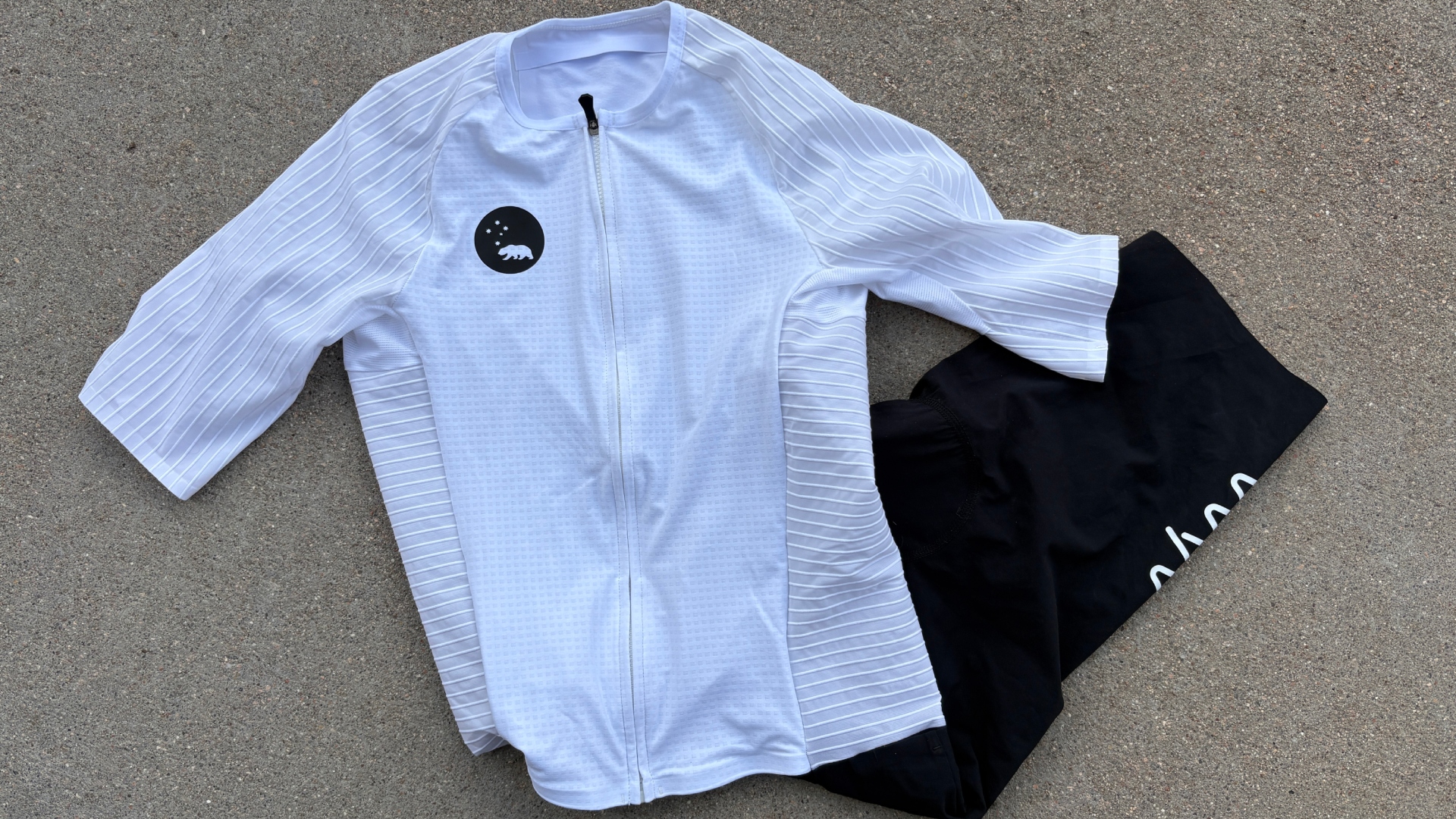 "Like a second skin” - the WYN Republic CdA triathlon suit reviewed
"Like a second skin” - the WYN Republic CdA triathlon suit reviewed$700 is a substantial investment in a Tri Suit, and it is, but you’ll definitely feel fast in it
By Kristin Jenny